Asus Vivobook S 15: The future is snapping into place
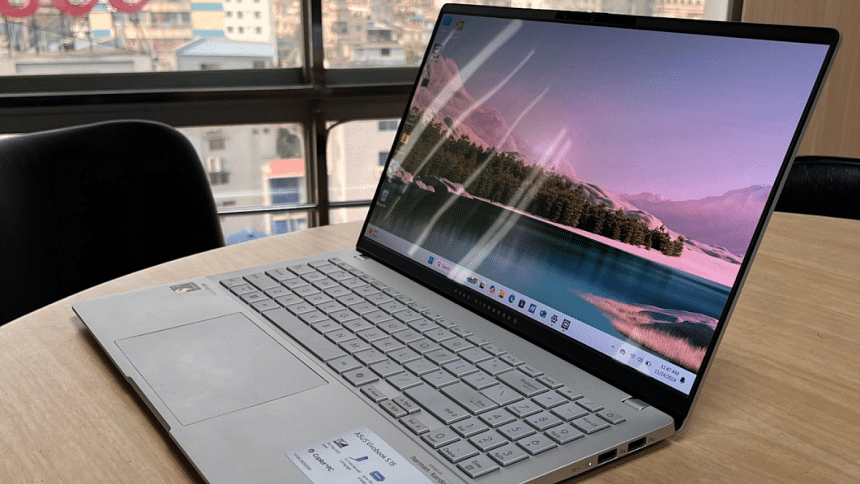
Snapdragon X Elite is supposed to feel like a glimpse into the future. The promises were lofty, and Qualcomm's benchmarks looked impressive. Now, with the Asus Vivobook S 15 in hand—one of the first Copilot+ PCs powered by this much-hyped chip—it's time to see if the revolution lives up to the anticipation.
This processor promises high-octane performance with battery life that borders on sorcery. But is it the MacBook Air-killer Windows users have been waiting for? Let's find out.
Design: Slick, but maybe too safe
First impressions? The Vivobook S 15 looks premium, but plays it a little too safe. Wrapped in a clean, all-metal chassis, it's ultra-thin at just 1.47 cm and impressively light at 1.42 kg. It slips into a bag with ease, making it an excellent travel companion. The silver finish is sleek, but the keyboard's single-zone RGB lighting—while a cool touch—doesn't pop as much as it could because of low contrast between the keycaps and backlight.
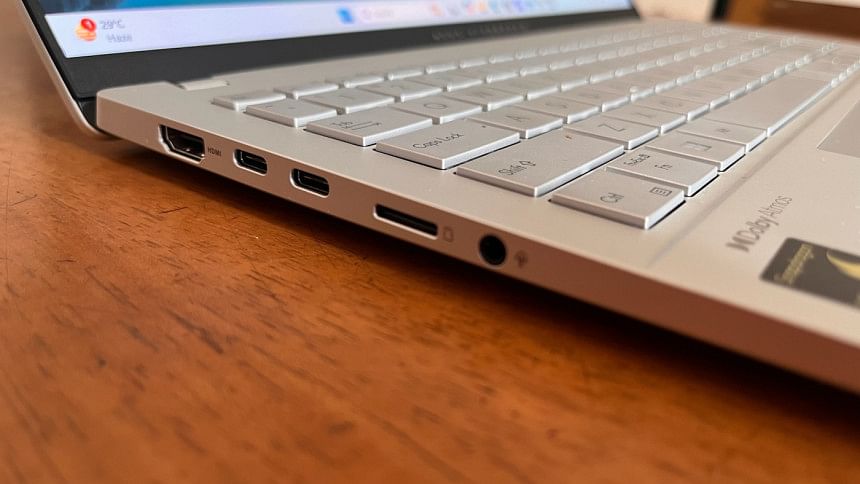
Ports are well thought out: two USB-C (USB4), two USB-A, a full-sized HDMI, and a microSD card reader, covering most needs without forcing dongle dependency. The touchpad is spacious and responsive, but it's not a touchscreen—something that feels like a missed opportunity given the AI features onboard. It is a functional-looking but rather dull and slightly dated design.
Performance: A new era (with a few caveats)
The Snapdragon X Elite chip is a big deal. Microsoft has put its full weight behind ARM-based Windows machines, hoping they'll finally challenge Apple's M-series dominance. And in some ways, it delivers. The laptop, with 16 GB RAM, breezes through daily tasks, from web browsing to media consumption and even some light creative workloads. AI-powered tools like Windows Studio Effects for video calls run smoothly, and the built-in NPU means Copilot AI tasks should feel snappy—once all the promised features fully roll out.

However, there are growing pains. Many apps still rely on x86 emulation to work, meaning you're waiting for native ARM versions of your favourite software. If your workflow depends on niche or pro-grade applications, double-check compatibility before diving in. And while CPU performance is competitive, the integrated GPU lags behind Intel and AMD offerings—gamers and graphics-heavy users, beware.
Battery life: The star of the show
Here's where Asus and Qualcomm flex their muscles. The 70 Wh battery is a marathon runner, lasting upwards of 18 hours on a single charge with regular use. Streaming? Expect over 13 hours of continuous playback. I binge-watched Arcane season 2 for four episodes till it got a little too woke. This alone makes the Vivobook S 15 a strong contender for students, professionals, and anyone tired of hunting for an outlet midday.
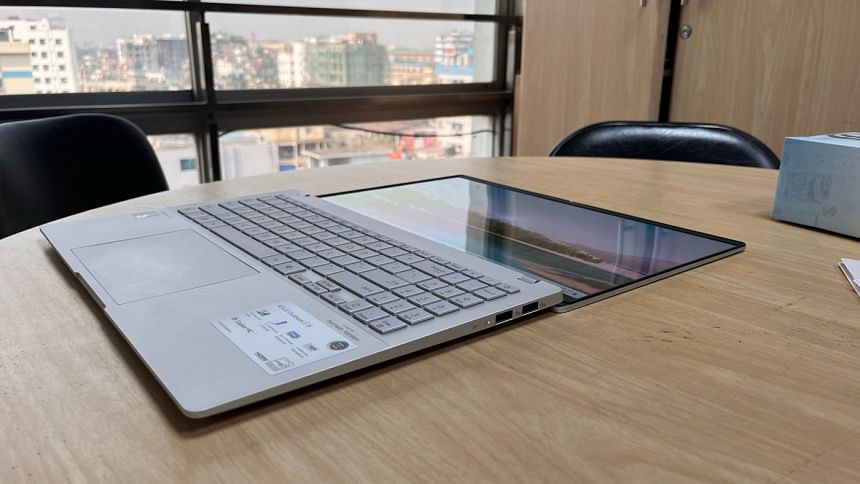
Display and keyboard: A mixed bag
Asus nailed the display. The 15.6-inch Asus Lumina OLED screen boasts a sharp 3K resolution and a buttery 120 Hz refresh rate, making everything look fantastic—whether you're watching Netflix or working in creative apps. Vibrant colours, deep blacks, and excellent brightness levels make this a standout feature.
The keyboard? Comfortable and spacious, but not without its quirks. The backlit RGB lighting is a welcome addition, but the silver keycaps make visibility under certain lighting conditions frustrating. A darker key design would have worked better.
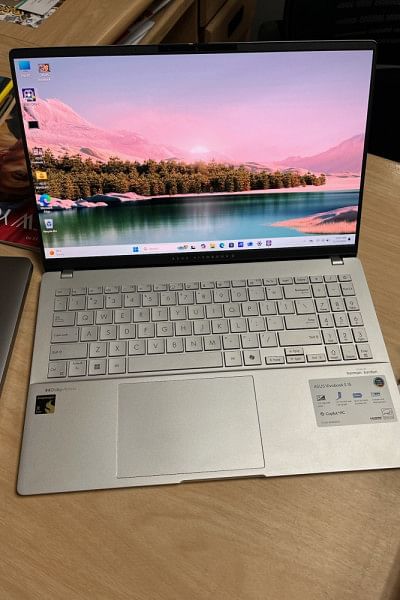
What I loved:
- Battery life is insane – True all-day usage without stressing over chargers.
- The OLED display is a treat – Sharp, vibrant, and smooth.
- Thin, light, and well-built – Easy to carry without feeling flimsy.
- AI-powered features show promise – Windows Studio Effects, when they work, are impressive.
What didn't click:
- Copilot+ features are still in limbo – The much-hyped AI tools are either delayed or not fully integrated yet.
- Software compatibility is a question mark – Some apps still run via emulation, which isn't ideal.
- GPU performance is lacking – This is not a laptop for gaming or graphics-heavy tasks.
- Keyboard backlighting is underwhelming – Silver-on-silver wasn't the best choice.
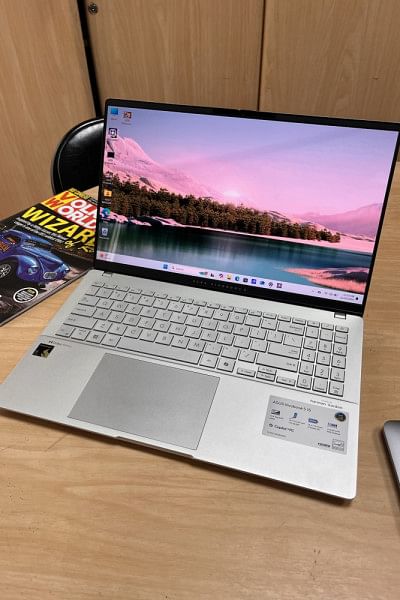
Verdict: Should you buy it?
Priced at BDT 1,74,990, there's a lot to consider. The Asus Vivobook S 15 is a fascinating step forward for Windows laptops. It's ultra-efficient, lightweight, and boasts one of the best battery lives on the market. If your day-to-day involves web browsing, office work, and entertainment, this is a stellar machine that delivers speed and endurance in a sleek package.
But early adopters beware—ARM-based Windows still has its bumps. If you rely on specific software that hasn't made the leap to native ARM support, you might want to wait. And if you need high-powered graphics performance, this may not be your machine.
For those willing to ride the wave of change, though? This could be the laptop that finally makes Windows on ARM a real contender. The future is calling—are you ready to answer?

 For all latest news, follow The Daily Star's Google News channel.
For all latest news, follow The Daily Star's Google News channel. 

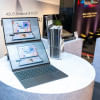



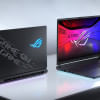


Comments